Latest News
contact j-spec
p: 0434 288 682
e: imports@j-spec.com.au
Like us on Facebook
The J-Spec Mileage Promise

Speedo tampering is rife in the Australian market to the point where more imports than not sold by Australian dealers have had their mileage wound back. See how importing yourself easily avoids this pitfall.
Read more
Editorial: So, you want to buy a classic Japanese car..
July 15, 2014
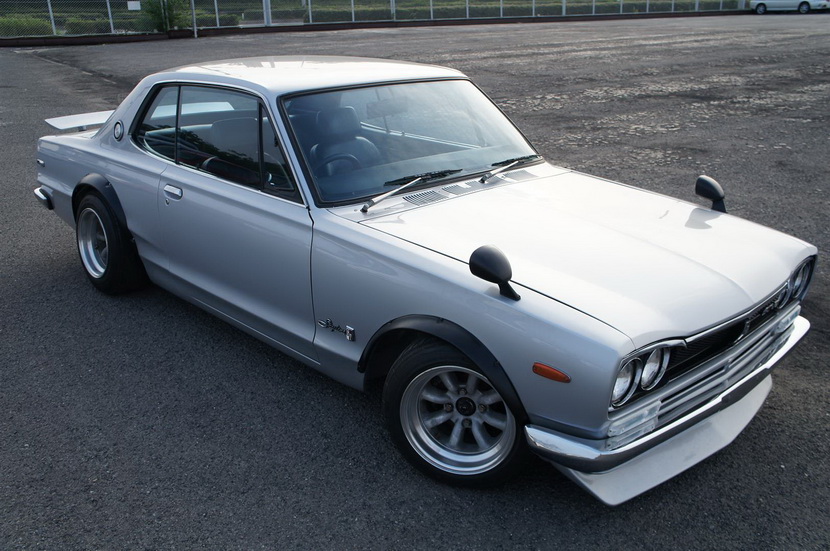
This article sounds a bit gloomy as to the whole Japanese classic car scene and while there are pit falls don't be too discouraged. There are good cars out there, and there are cars that don't need too much work to make them good, so if you have your heart set on a beautiful old Japanese classic don't despair. The intention here is just to let people know that while possible, it's not as easy as you may think, there is a lot of incorrect or ignorant talk out there, and one of the most important things to realize is that if the price of a car is too good to be true, it almost always is. I've lost track of how many times people have been told they'll get the car of their dreams for $xxx when I KNOW that is simply not realistic for a car in a condition they'll be satisfied with, and that the person telling them that either doesn't have enough experience with these cars or is just after a customer's money, and either way it ends up with an unhappy owner... an outcome we hate to see.

Importing classic cars from Japan opens up all sorts of possibilities for some interesting and in many cases beautiful cars that the rest of the world has not necessarily seen very much. In Japan they are referred to as 'nostalgic' cars and this is one of but many differences that people in the west may not be aware of, and this article attempts to address and educate enthusiasts in this regard.
Before delving into some of the ways the Japanese nostalgic car scene is quite different to what people will expect, the first thing I'll actually say is that the misinformation out there is palpable and it's both amusing and frustrating to someone such as myself who has been in this industry for well over a decade to see just how wrong people have it, and how quickly they are willing to preach to anyone who'll listen (particularly online!) this incorrect and misguided info. This is often in part due to ignorance, which is understandable and fair enough (but then don't talk, fight and argue like you're an expert who know's what they're saying!), and is also at times due to intentionally misleading remarks and misdirection by some of the less scrupulous out there who are simply after peoples' money. Whatever the motivation, this misinformation naturally ends up being regurgitated and repeated until it becomes part of the zeitgeist, and it sometimes even changes slightly in nature like an internet version of Chinese whispers.
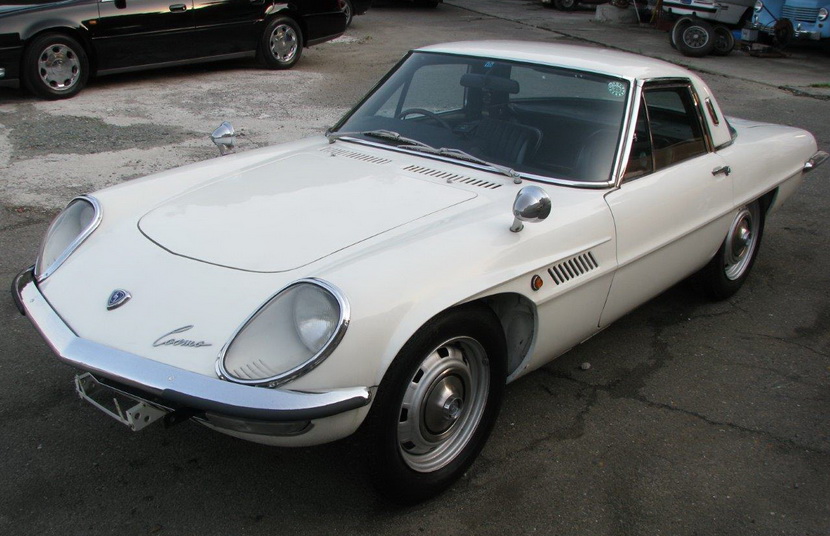
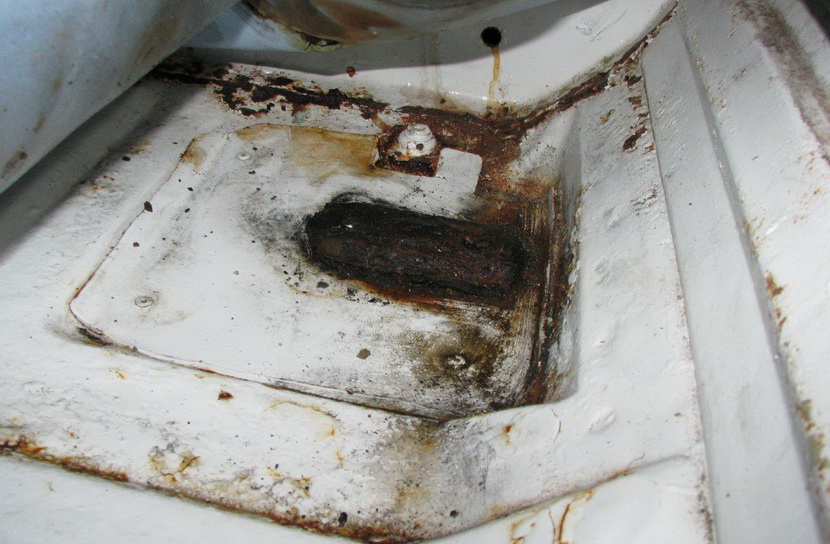
Car culture:
The overall biggest difference comparing the Japanese nostalgic car scene and Western classic cars is the overall culture, and the impact of this permeates all other points that I'll make here. In the West it's not uncommon for car enthusiasts to have something in their garage they may restore and do up over the years, that they have as a weekend car and that they can have support for in terms of online communities, car clubs and a prevalence of both genuine and non genuine parts support. In Japan this is a very different story. While many people yearn to own or experience nostalgic cars, the truth is most people don't have any garage of any description to work on a car, don't have the space for a second car while they work on it, don't have many tools or experience to work on or restore it themselves, and have a pretty small pool of cars to choose from in the first place (more on that later).
People's standards and expectations:
This is in my experience where Japanese and Western views and standards differ greatly, and this is also where the greatest problems can occur when people want to buy a classic Japanese vehicle. As much as it pains me to say so, and as much as I have arguments with my Japanese friends about it, the simple truth is that the Japanese have far lower standards when it comes to the quality of their classic vehicles. In the West when people restore a car often it will be to a very high degree... think of your classic Mustang that is in near concourse condition and has had a past owner lovingly work on it, or has handed it to a workshop and has put down far more money than the car is actually worth to have them fix it up. In Japan such cars are a real rarity. Japanese people will be equally proud of their cars but their standards are much lower, and I've seen Japanese people talk about cars that I thought were really a bit rough (rusted underbodies, obviously poor paint jobs, etc) and they honestly thought they were quite nice. Often if a car looks good from a few feet away in Japan then that's good enough, and their laws are pretty lax when it comes to registration of vehicles with rust so this also lowers the bar further and doesn't encourage people to fix up cars with problems in that area.
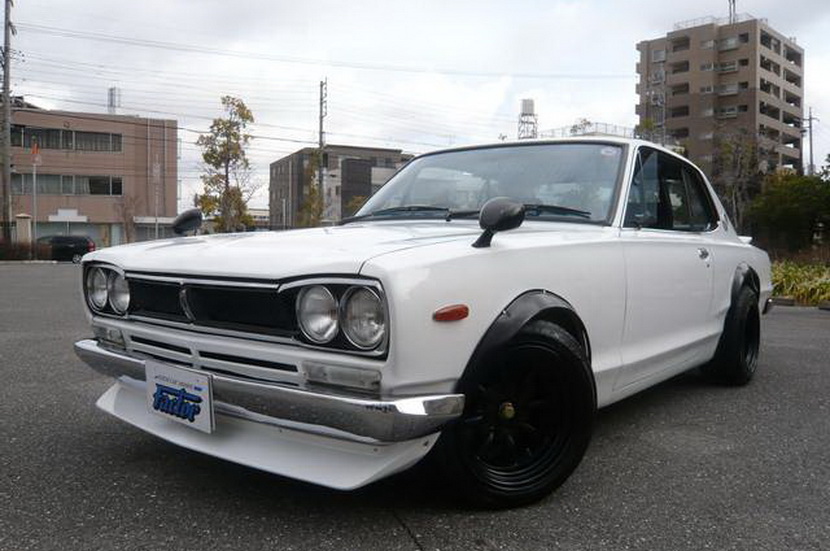
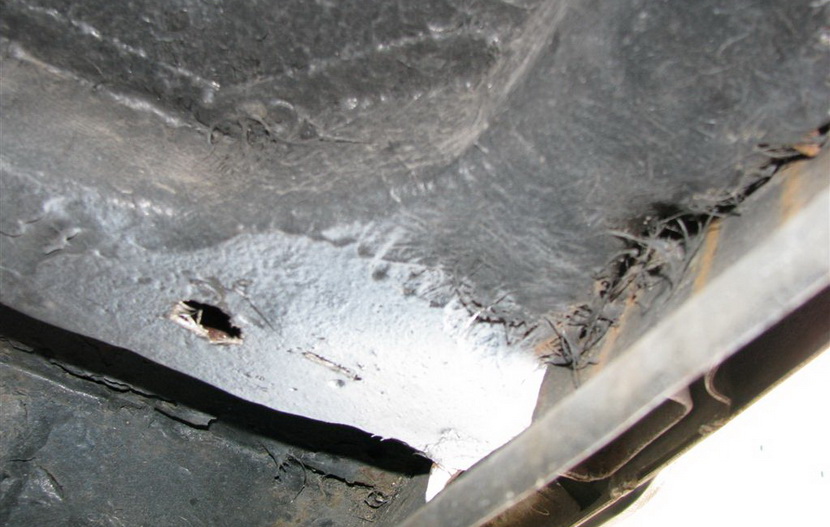
As mentioned earlier, the fact that private owners don't have the space, tools or know-how to fix up old cars themselves is certainly a big part of why there aren't so many nice nostalgic cars around, but when you take your car to a workshop it's often not much better. The jobs done by professionals in Japan (and we'll use that term only in that they are paid for their work rather than a relfection on it's quality!) often leave a lot to be desired, and this is due to people's low expectations, which in turn reduces what people think they should do in a workshop, and so it's a vicious spiral. In some cases that's of course unfair to workshops and there are some who do good work out there, and that these cars are sometimes owned by younger guys who can't spend the money they should on this work is in part to blame. All said though, I have seen 'professional' work done in Japan whose quality even my inexperienced hands could exceed in a weekend, with a bit of a damn given.

All this is not to say that there aren't really good vehicles out there, but they can actually be quite rare and you will pay a lot more, and the biggest challenge all this presents is that when you contact a dealer or seller of a nostalgic car and ask them what sort of condition it's in, they will tell you (without necessarily trying to mislead) that it's a nice car and in pretty good condition. Then when we have the car inspected we end up being disappointed and don't buy the car. Some people buy cars trusting the seller (or their import broker) without having them inspected independently as not everyone has the ability to do this as we do, and they end up being bitterly disappointed. I've been offered classic cars for sale locally (expensive ones) by people who simply can't afford to fix the rust or other problems that they were not made aware of prior to buying.
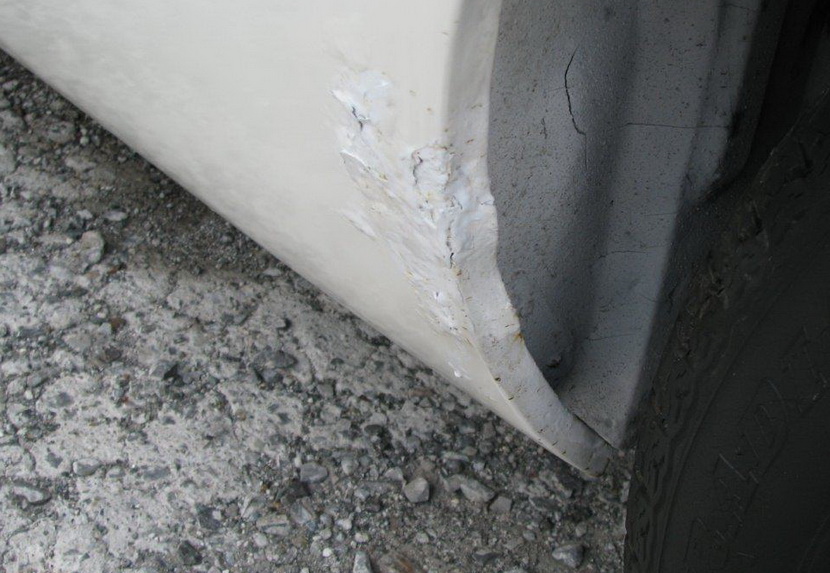
The value of the cars also reflects the quality of work done. For example while the majority of mid 70's C10 'hakosuka' Skylines aren't too great for the basic models, the proper GT-R's (made in very limited homologation numbers) are always restored to an extremely high standard and the reason for this is simple: these are worth well over $100,000 and as a result no one does a dodgy job on one as you're just destroying a valuable investment. The same goes for something like a Toyota 2000GT... if you can afford one, you can afford to (and it's worthwhile to) have it restored to perfect condition.
For the majority of cars though this is not the case, and even for vehicles that are worth around $40k or so often the condition of repairs and other work is not so great. Cars that if in the West you would expect to be pretty good still aren't up to our in our eyes a good enough condition. Vehicles like Cosmos, C10 (non GT-R) Skylines and other similar vehicles are sometimes a bit rough in Japan, whereas knowing Western car culture, if they were sold here you'd expect many of them now kicking around to be nicely restored and looked after.
Availability:
Tragically, swathes of old cars in Japan just don't make it. Any country will have a rate of attrition as cars get older... they get crashed, they get parted out to support other cars, or they go through a time when they aren't valuable and they are cheaper to crush than keep them running. In Japan the number of cars that see, say, their 30th birthday is very small. The myth that cars are mandatorily removed from the roads in Japan when they hit a certain age is and always has been completely untrue, yet still persists to this day. However cars devalue faster than many other countries and so this takes many off the road, and in particular for somewhat mundane cars with no enthusiast following once they hit about 20 years old there really is no reason to keep them circulating. Think of a boring car... say a Toyota Camry... once something like that gets to a point where it is almost literally worthless sooner or later someone will want to upgrade their car, and there's no one who wants to buy it, and so to a parts recycler it goes. Japan also loses cars earlier on to the variety of export markets that soak up a chunk of their used car market, thinning the field earlier on. Then add to the mix the poor restoration work done on many cars and the numbers that are killed due to rust in Japan's snowy regions. Once cars start to get to the age at which people start to feel nostalgic for them and and they have value once more, short of cars that were memorable and had an enthusiast following there's not much left.
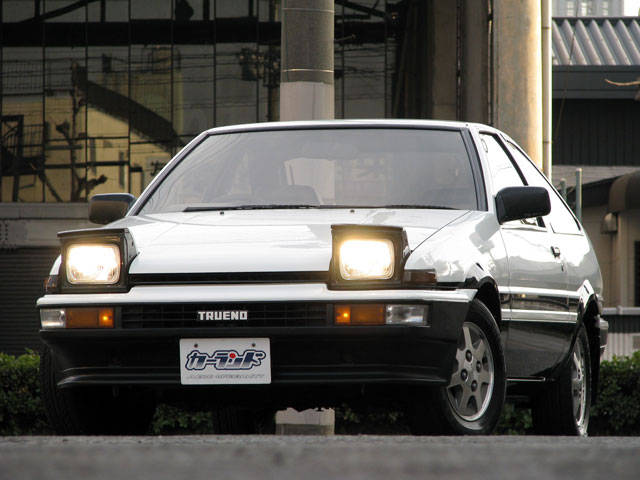
Some cars had to age to become desirable. Take as an example a TE27 Toyota Corolla. This was in it's day a bit of a mundane car and I'm sure there was a time when they were next to valueless. In hindsight and for whatever reason the market decided much later down the track that this was to be desirable and so suddenly they were valuable and people wanted them. However in the years in between so many disappeared from the road when no one wanted to spend the money to keep them around. This is true no doubt of all markets, but in Japan this effect is magnified.
Consider by contrast the prevalence and number of classic cars around in the West, and Japan has only a fraction of them out there. While for example there might be a handful Mazda Cosmos for sale at any one time, there would be hundreds of Ford Mustangs available from the same era in the US or any other number of countries.
Trends:
The most common cars we have people show a regular interest are older Skylines, Bluebirds, Isuzu Bellets, Mazda Cosmos, RX-3's and other rotaries, Celicas, AE86 Sprinter Truenos, Fairladys (aka Datsun Z cars), to name a few. Some of those are typically more expensive in Japan compared with the West to the point that unless you specifically want a rare Japanese variant there is no point in importing them, and in some rare cases I know of cars that have in fact been exported into Japan such is the price difference. As an example, a poor to so-so condition 260Z is probably half the price locally as what you'd pay in Japan, and so there is almost no market to import these, as what's the point? Some models were sold in Japan only (or some rarer model variants) and so these are of course the vehicles we find there is the most demand for.
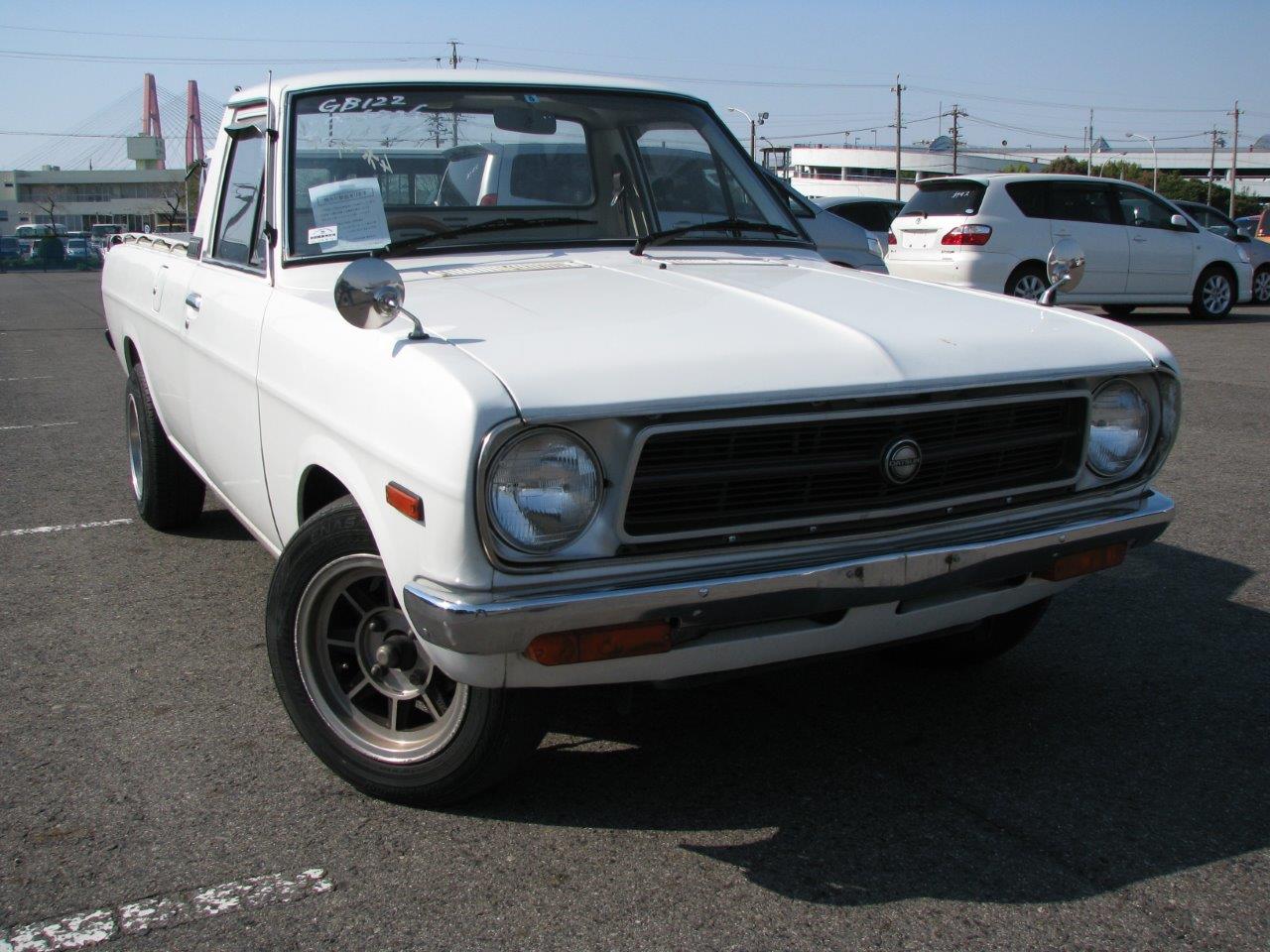
Bringing it all together... what does this all mean if you want to buy a nostalgic car?
Don't despair, there are good quality classic Japanese cars out there. The point behind all of this is to educate people that they are rarer and more expensive, and it's easy to fall into the trap of buying one that on the surface looks good and is cheap, and to end up regretting that decision greatly. Having experience with these types of vehicles (and I'd wager we have a lot more than almost anyone), the ability to inspect them and being honest with people rather than just telling them what they want to hear means that we can help you, but you may have to have patience, be willing to compromise, and be willing to spend more than just an average price to get your hands on one.
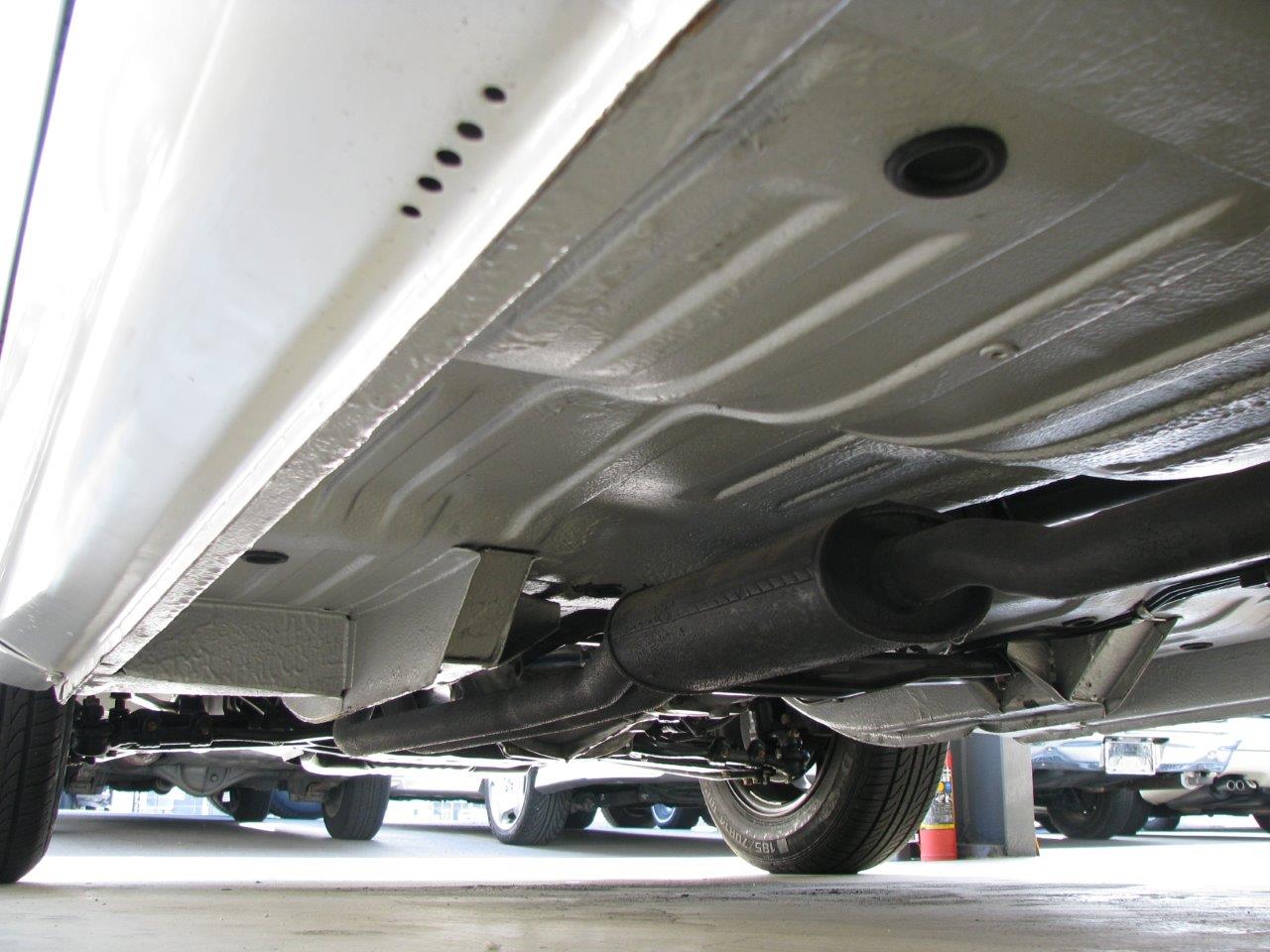
In truth, finding classic cars can sometimes border on being more trouble than they are worth for us to do it properly, but given my fondness for these cars (and the fact that I get to live vicariously through the customers who buy them) means I usually have a hard time saying no, and the pleasure they bring genuine enthusiasts is often well worth it.
Back to news